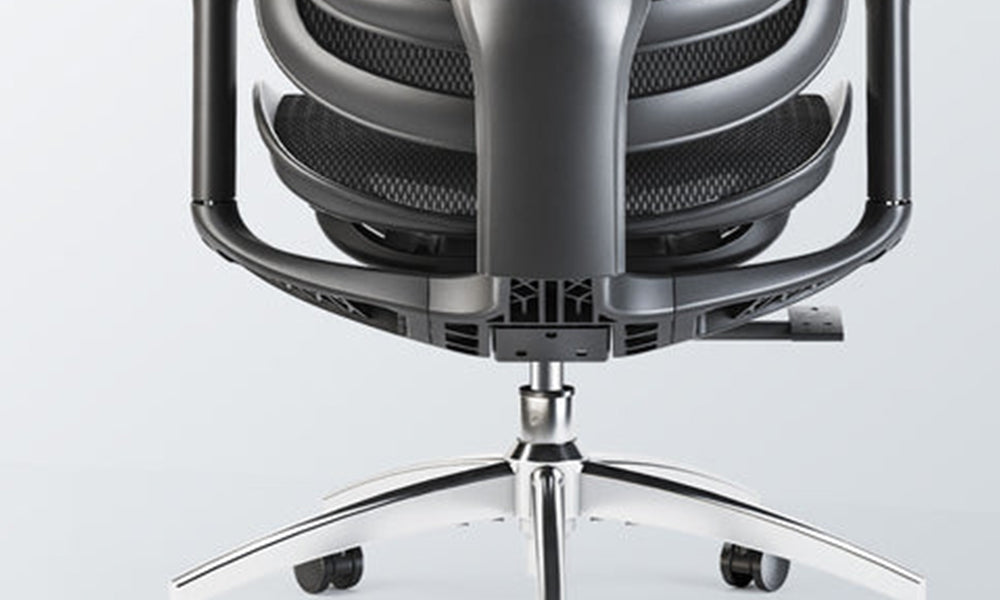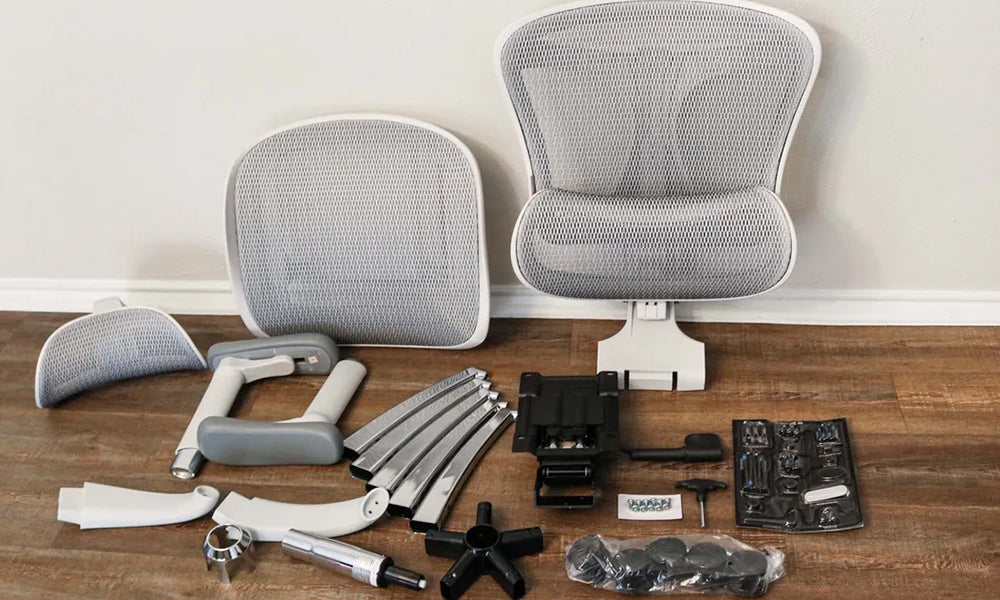Office chairs are essential for comfortable and productive work, but sometimes, you might need to remove the wheels for various reasons. Whether it's to replace damaged wheels, clean the chair thoroughly, or convert your office chair into a stationary one, knowing how to remove the wheels safely is crucial. In this comprehensive guide, we will walk you through the step-by-step process of removing wheels from an office chair.
Understanding the Need
Before we dive into the specifics of removing office chair wheels, let's understand why you might want to do this. There are several reasons:
- Wheel Replacement: Over time, office chair wheels can wear out or become damaged. Removing them allows you to replace them with new, functional ones.
- Cleaning and Maintenance: Office chair wheels can accumulate dust, dirt, and debris. Removing them makes it easier to clean and maintain your chair, ensuring it stays in top condition.
- Stability and Stationary Conversion: Some users prefer their office chairs to be stationary rather than mobile. Removing the wheels achieves this, providing stability and preventing accidental rolling.
Now that we know why you might need to remove office chair wheels, let's proceed with the step-by-step guide.
Tools You'll Need
Before you begin, gather the necessary tools to make the process smooth and efficient:
- Adjustable Wrench: This tool is essential for loosening and removing the chair's caster wheels.
- Screwdriver: Depending on your chair's design, you may need a screwdriver to access and remove the wheels.
- Tape or Marker: Use tape or a marker to label each wheel's position. This will help you reattach them correctly later.
- Gloves and Safety Glasses: Protect your hands and eyes during the process, especially if you encounter any resistance when removing the wheels.
Now, let's move on to the step-by-step process of removing office chair wheels.
Step 1: Prepare Your Workspace :
Before you start, ensure you have a clean, well-lit workspace to perform the task comfortably. Clear any obstacles that might hinder your movement and lay down a protective mat or cloth to prevent damage to your floor or chair. Don't forget to put on your safety gloves and glasses.
Step 2: Identify the Type of Wheels :
Office chairs come with different types of wheels, and the method for removal can vary based on the type. There are typically two common types of office chair wheels:
- Snap-On Wheels: These wheels are attached by simply snapping onto the chair's base. They can be removed without using any tools.
- Threaded Stem Wheels: Threaded stem wheels are attached by a screw or bolt, and you'll need a wrench or screwdriver to remove them.
Identifying the type of wheels your chair has is essential, as it determines the removal method you should follow.
Step 3: Remove Snap-On Wheels :
If your office chair has snap-on wheels, the removal process is relatively straightforward:
- Tilt the Chair: Tilt your chair backward to raise the front wheels off the ground. This will make it easier to remove the wheels.
- Grab the Wheel: Firmly grip the wheel you want to remove with one hand.
- Pull the Wheel Outward: With your other hand, pull the wheel gently but firmly outward. You may hear a click as it disengages from the chair's base.
Repeat for Other Wheels: Repeat this process for all the wheels you wish to remove.
Step 4: Remove Threaded Stem Wheels :
- If your office chair has threaded stem wheels, follow these steps for removal:
- Identify the Stem: Locate the stem of the wheel that you want to remove. It will be attached to the chair's base with a screw or bolt.
- Use the Adjustable Wrench: Using the adjustable wrench, turn it counterclockwise to loosen and remove the screw or bolt. Be sure to keep a firm grip on the wheel to prevent it from falling once the fastener is fully removed.
- Pull the Wheel Off: Once the screw or bolt is completely removed, you can pull the wheel off the stem. Apply steady and even pressure to avoid damaging the chair.
- Repeat for Other Wheels: Repeat this process for all the threaded stem wheels you want to remove.
Step 5: Label and Store the Wheels :
As you remove each wheel, use tape or a marker to label them according to their position on the chair. This labeling will be crucial when reattaching the wheels later to ensure they are properly aligned. Once labeled, store the wheels in a safe place to prevent them from getting lost.
Step 6: Inspect and Clean :
With the wheels removed, take the opportunity to inspect the chair's base and clean it thoroughly. Use a brush or vacuum cleaner to remove any dust and debris that may have accumulated. You can also wipe down the base with a damp cloth and mild cleaning solution to ensure it's clean and ready for reassembly.
Step 7: Reattaching the Wheels :
If you plan to reuse the same wheels or have purchased new ones, it's time to reattach them to your office chair:
- Refer to Labels: Use the labels you created earlier to identify the correct position for each wheel.
- Align the Stem: For threaded stem wheels, align the stem with the hole on the chair's base.
- Tighten the Fastener: Insert the screw or bolt into the stem and chair base, and use the adjustable wrench to tighten it clockwise. Ensure it's securely fastened but not overly tight to prevent damage.
- Snap-On Wheels: If you have snap-on wheels, simply push them back onto the chair's base until they click into place.
- Test for Mobility: Once all the wheels are securely attached, test the chair's mobility to ensure the wheels move smoothly.
Step 8: Final Checks and Adjustments :
Before you resume using your office chair, perform some final checks:
- Stability: Ensure that all wheels are firmly attached and there is no wobbling or instability in the chair.
- Mobility: Test the chair's mobility by rolling it around to make sure the wheels function smoothly.
- Alignment: If your chair has caster locks or brakes, check that they are working correctly.
- Comfort: Sit in the chair and assess its comfort and stability.
Conclusion :
Removing and reattaching wheels from an office chair may seem like a small task, but it can significantly impact your comfort and productivity. Whether you're replacing damaged wheels, cleaning the chair thoroughly, or converting it into a stationary one, following the steps outlined in this guide will help you achieve your goal safely and efficiently. Remember to gather the necessary tools, label the wheels for proper reattachment, and perform thorough checks before resuming your work. With this knowledge, you can keep your office chair in optimal condition and tailor it to your specific needs.






Dejar un comentario
Este sitio está protegido por hCaptcha y se aplican la Política de privacidad de hCaptcha y los Términos del servicio.